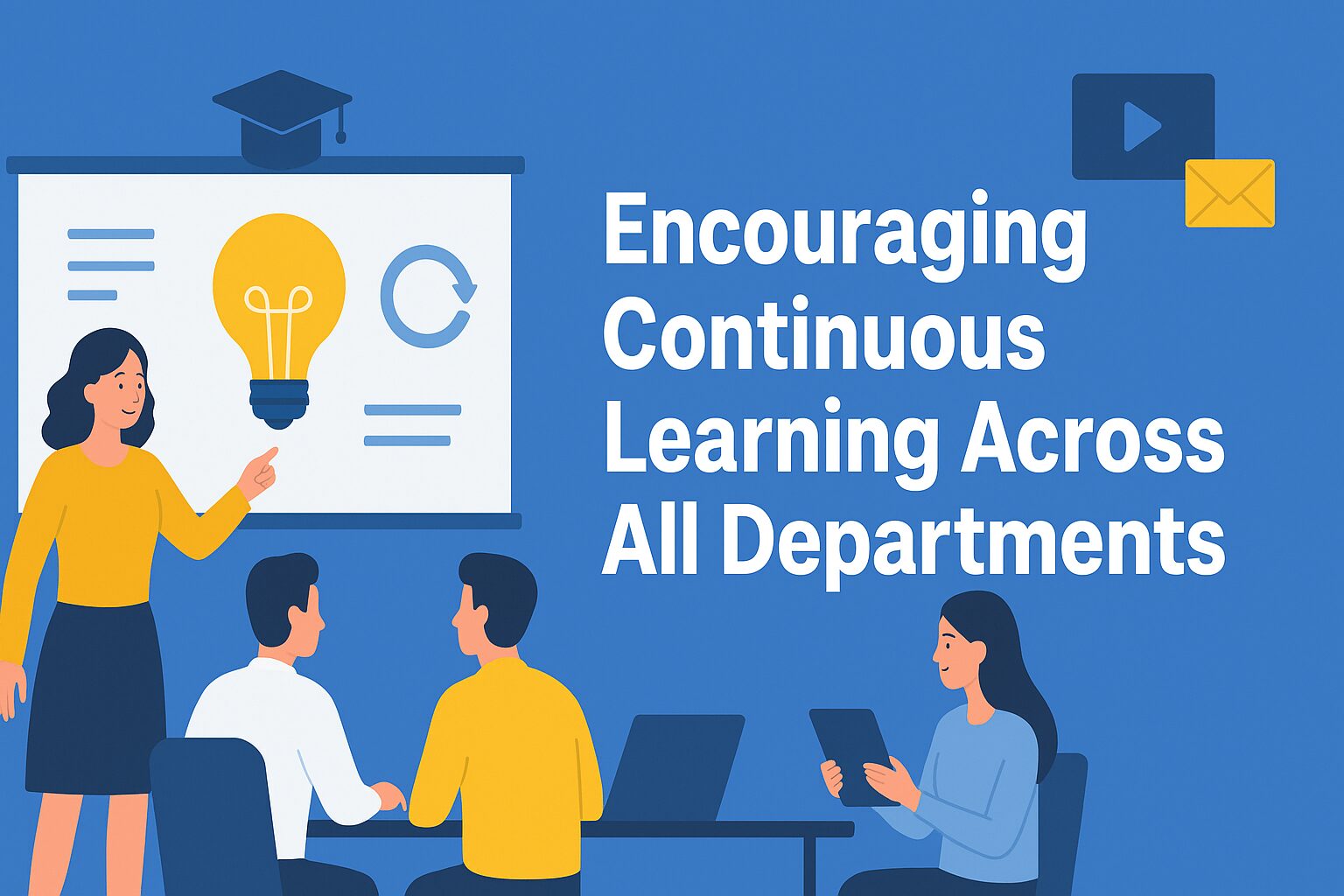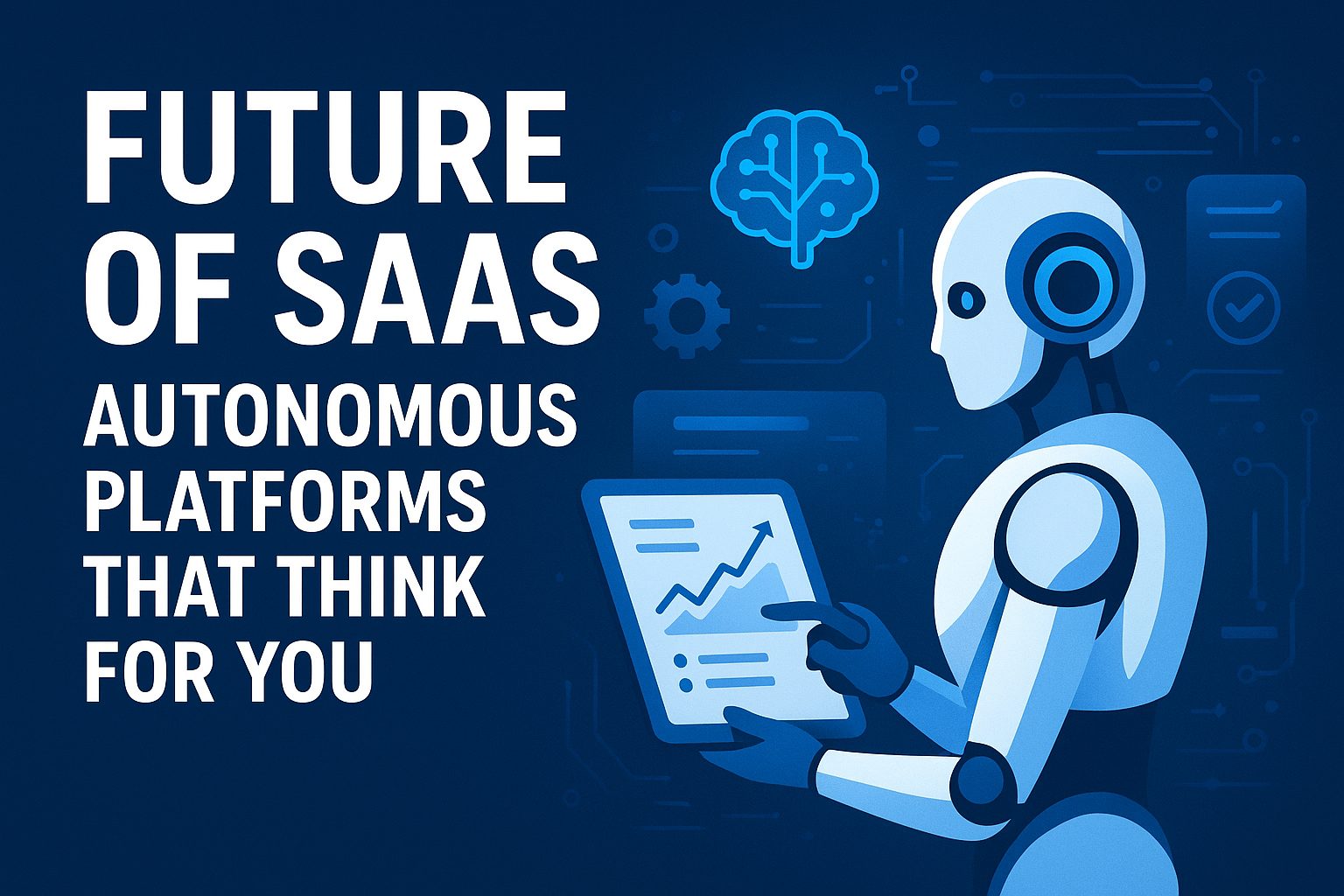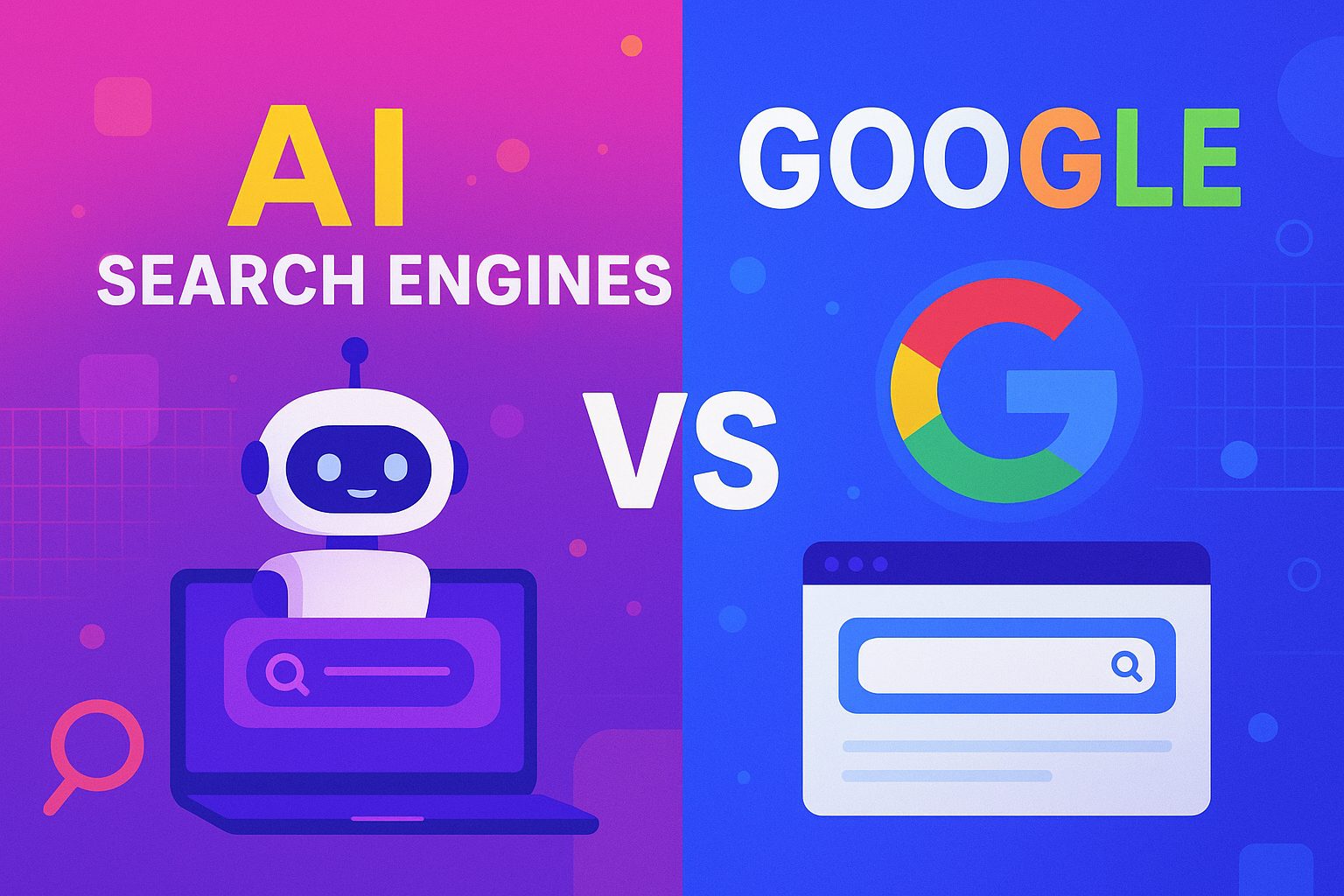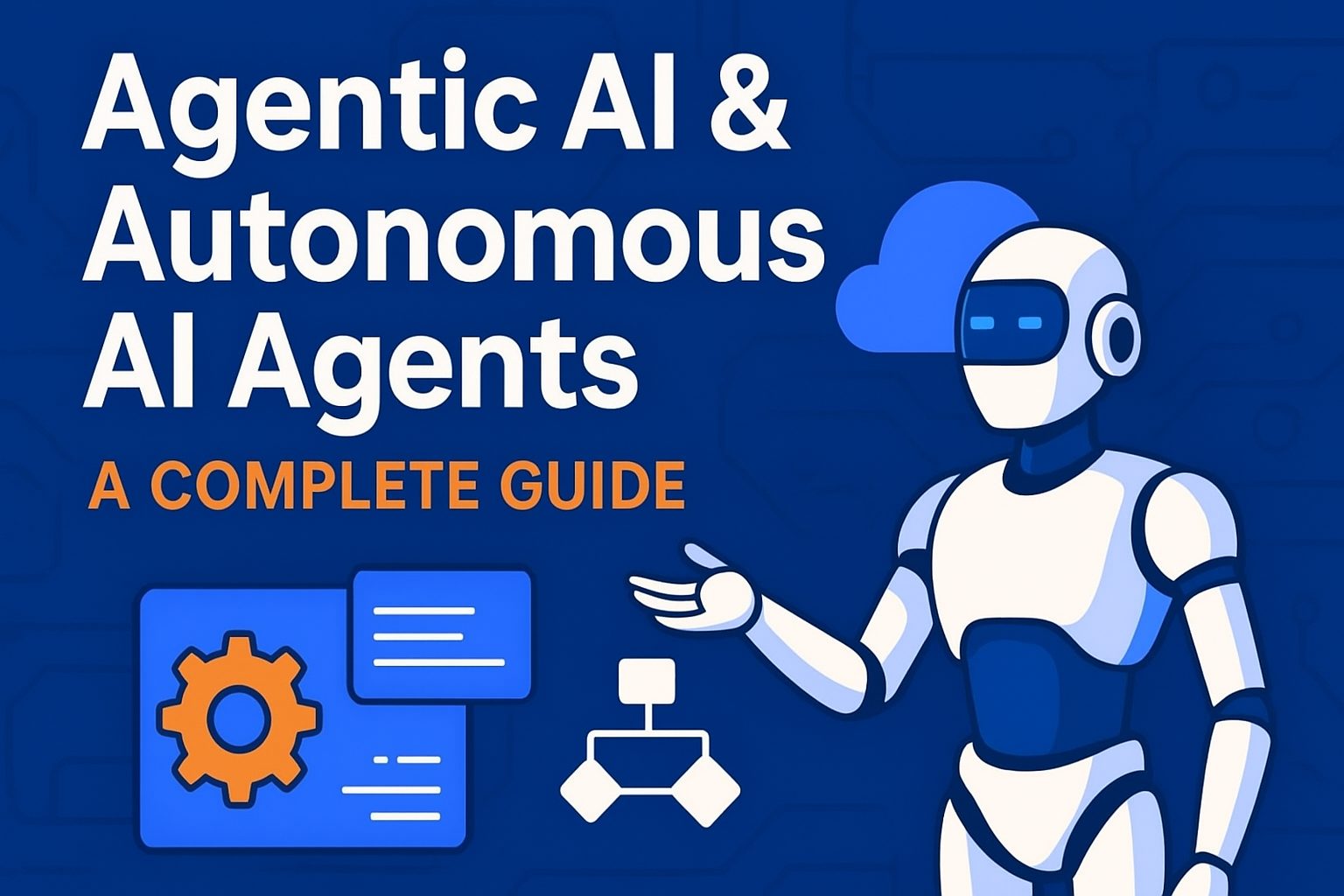In today’s fast-paced business world, the ability to learn, adapt, and evolve is what separates thriving organizations from those struggling to keep up. Continuous learning isn’t just a trend—it’s a necessity for sustainable growth. Encouraging learning across all departments ensures that every team, from marketing to IT, evolves with the latest tools, strategies, and technologies. When employees continuously upgrade their skills, companies gain agility, creativity, and a stronger competitive edge.
Let’s explore why continuous learning is vital and how to embed it into every corner of your organization.
1. The Importance of Continuous Learning in Modern Workplaces
Technology, customer expectations, and market conditions are constantly changing. A strategy that worked five years ago may be obsolete today. Continuous learning allows teams to stay ahead by keeping their skills relevant and adaptable.
For example, marketing departments must stay updated on SEO algorithms, content strategies, and analytics tools. Meanwhile, development teams need to master new programming frameworks, security standards, and AI integrations. When every department embraces learning, the organization becomes more innovative and resilient in facing challenges.
Moreover, companies that promote learning attract and retain top talent. Employees feel valued when given opportunities to grow professionally. This not only increases job satisfaction but also builds loyalty and reduces turnover rates.
2. Building a Culture That Supports Learning
Creating a culture of continuous learning starts from the top. Leaders must model curiosity and openness to new ideas. When managers actively learn and encourage their teams to do the same, it sets a strong precedent across the organization.
Here are a few ways to cultivate a learning culture:
- Encourage curiosity: Allow employees to explore new tools or methods even if they’re outside their daily roles. Curiosity often leads to innovation.
- Promote open communication: Create an environment where employees can ask questions and share insights without fear of judgment.
- Recognize learning efforts: Acknowledge employees who complete training programs, attend workshops, or bring new ideas to the table. Recognition reinforces the value of learning.
By embedding learning into your company’s DNA, it becomes less of a policy and more of a mindset shared by everyone.
3. Cross-Departmental Learning and Collaboration
Continuous learning shouldn’t happen in silos. True growth occurs when departments learn from each other. For instance, your marketing team can benefit from understanding basic data analytics from the IT department, while developers can gain insights into customer behavior through the marketing team.
Cross-departmental learning can be promoted through:
- Job shadowing programs – Let employees spend time in other departments to understand how different functions operate.
- Collaborative projects – Encourage mixed teams to work on innovation challenges or process improvements.
- Internal knowledge-sharing sessions – Host monthly “learning days” where teams present new trends, case studies, or project outcomes.
Such collaboration not only enhances learning but also breaks down communication barriers between departments, leading to better teamwork and problem-solving.
4. Leveraging Technology for Learning
Digital tools have revolutionized how companies approach employee development. Learning management systems (LMS), online training platforms, and AI-driven education tools allow employees to access relevant content anytime, anywhere.
Some popular methods include:
- E-learning platforms: Tools like Coursera, LinkedIn Learning, and Udemy for Business allow employees to take courses tailored to their needs.
- Microlearning: Short, bite-sized training modules that fit into daily schedules make learning more consistent and less overwhelming.
- Internal knowledge bases: Maintain a shared library of tutorials, recorded workshops, and best practices accessible across departments.
- AI-based learning assistants: AI can personalize learning paths based on employee roles, progress, and interests.
Integrating these tools ensures that learning is accessible, engaging, and measurable—making it easier to track progress and outcomes.
5. Measuring the Impact of Continuous Learning
To sustain a learning culture, it’s important to measure its effectiveness. Tracking learning metrics helps organizations refine their strategies and justify investment in development programs.
Some key performance indicators (KPIs) to monitor include:
- Employee engagement rates – Are employees participating in training and applying their knowledge?
- Skill improvement metrics – Have employees gained new certifications or demonstrated enhanced performance?
- Productivity and innovation growth – Are teams producing better results or proposing new ideas?
- Retention rates – Are learning initiatives helping reduce turnover?
Data-driven insights can help identify which programs are effective and which areas need adjustment.
6. The Leadership Role in Promoting Learning
Leaders play a crucial role in fostering continuous learning. When managers encourage experimentation, support mentorship, and allocate time for skill development, employees feel empowered to grow.
Effective leaders:
- Set aside dedicated time for learning during work hours.
- Offer mentorship programs pairing experienced employees with newer team members.
- Celebrate learning achievements during team meetings or company-wide events.
- Lead by example—by enrolling in courses, reading industry insights, and sharing knowledge regularly.
Leadership-driven learning initiatives signal to employees that development is not optional—it’s an integral part of success.
7. The Long-Term Benefits of Continuous Learning
Organizations that prioritize learning gain long-term advantages such as:
- Higher innovation: Teams equipped with the latest knowledge are more likely to develop creative solutions.
- Improved adaptability: Employees can quickly pivot to new technologies or market demands.
- Stronger company culture: Learning fosters collaboration, curiosity, and a shared sense of purpose.
- Sustained growth: Businesses that evolve through learning remain competitive even in disruptive industries.
Continuous learning transforms companies into dynamic, forward-thinking entities that don’t just react to change—they drive it.
Conclusion
Encouraging continuous learning across all departments is no longer optional—it’s the foundation of modern organizational success. When every team member is empowered to grow, share, and innovate, the entire company benefits. Whether through cross-functional collaboration, digital learning platforms, or leadership-driven initiatives, investing in continuous learning pays dividends in employee satisfaction, productivity, and long-term sustainability.







